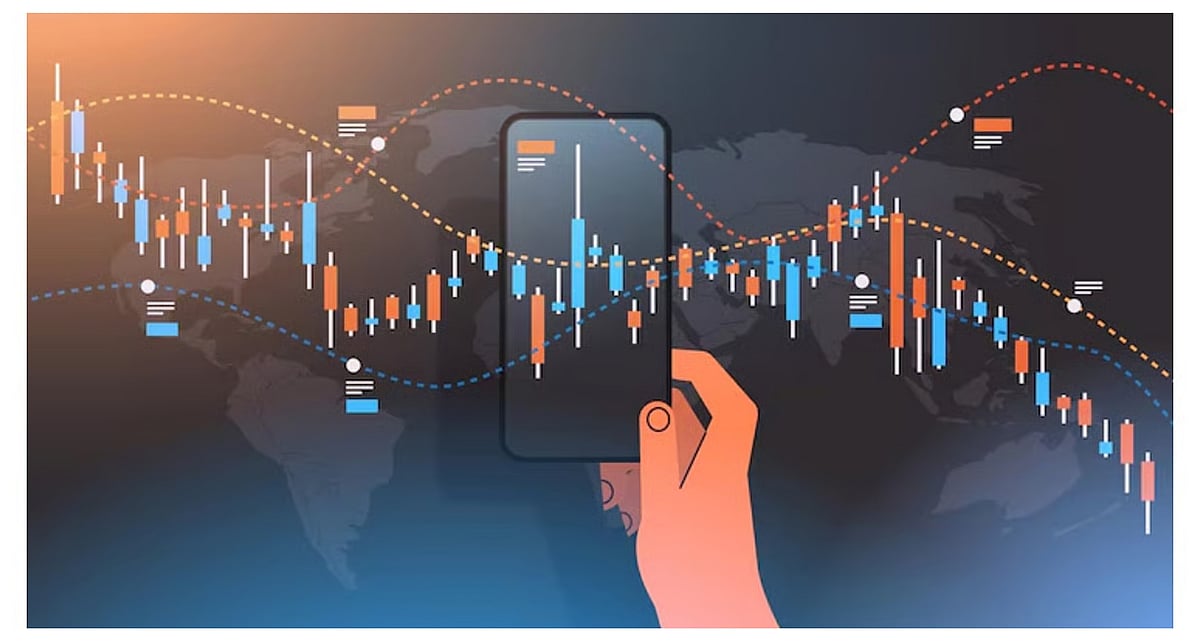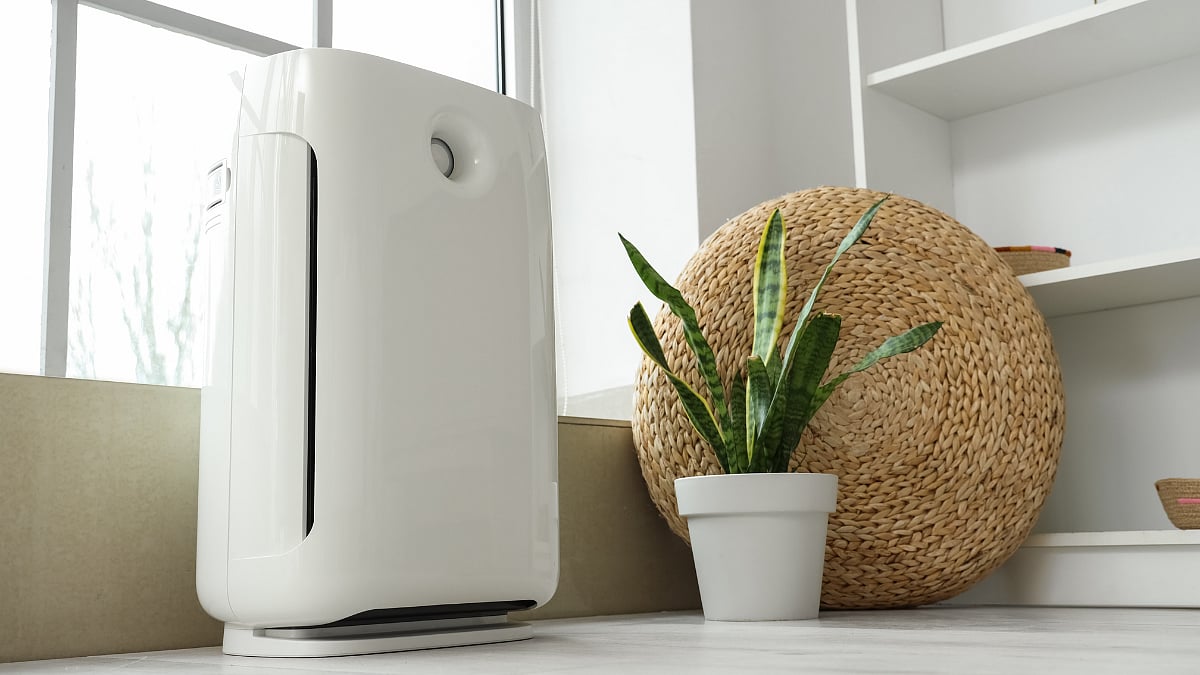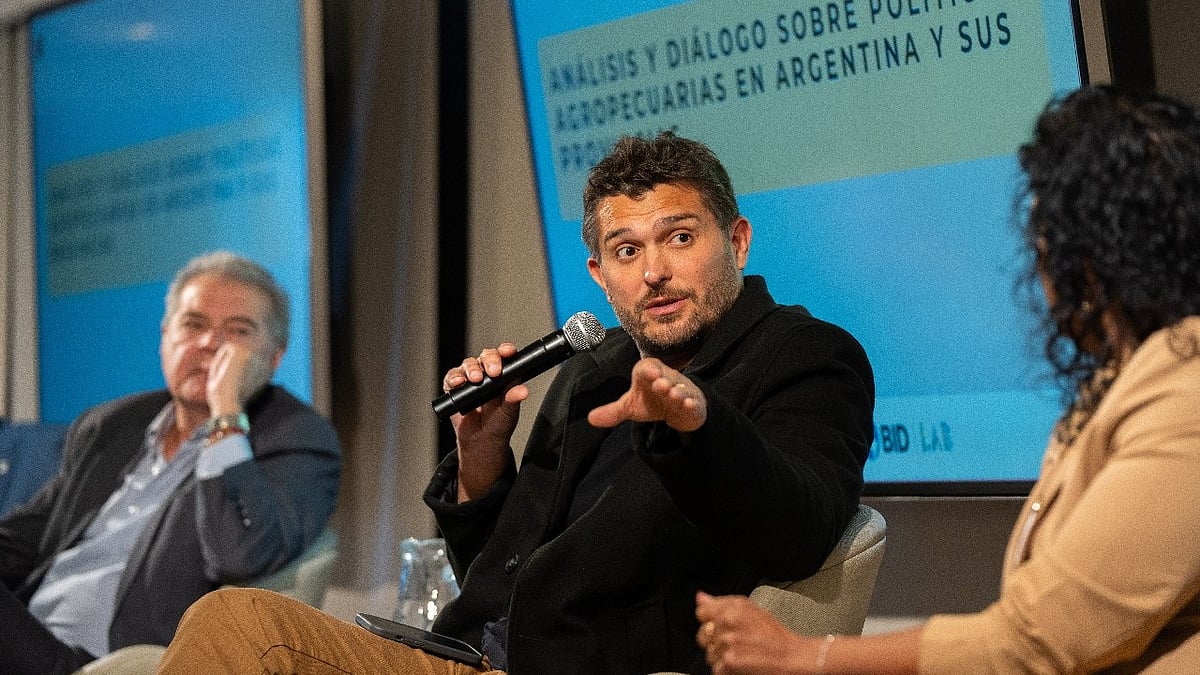In its early days, jeans were primarily associated with farmers, factory workers, and laborers. However, in 1950s, jeans underwent a transformation and became synonymous with coolness and trendiness. They evolved into a status symbol, and fashion experiments involving bleaching, washing, and dyeing kept jeans relevant on runways even into the 2000s.
Today, jeans are taking a fascinating new direction that goes beyond the traditional denim. This shift serves to maintain the prominence of jeans in the fashion world. Moreover, they have infiltrated the realm of couture and are now a part of the ‘quiet luxury’ trend. This trend emphasises understated elegance and sophistication, known only to the designer and wearer.
“A big reason for this is sustainability and innovation,” explains Rucha Nikumbh, Lead Designer at Around The City.
Noteworthy examples of this evolution include Bottega Veneta’s Fall 2022 collection, which featured jeans crafted from leather. Brands like Jean Paul Gaultier and Valentino have also showcased remarkable interpretations and enhancements of the classic jeans. For instance, Julien Dossena sent beaded, shimmering jeans down the runway for Jean Paul Gaultier.

Valentino’s haute couture denim collection showcases the trompe l’oeil technique. Vanessa Friedman of the New York Times reports that the jeans worn by Kaia Gerber on the catwalk were constructed from ‘silk gazar entirely embroidered in micro beads dyed in 80 shades of indigo to resemble denim.’ In Balenciaga’s Fall 2023 Haute Couture collection, denim-like looks are achieved using canvas coated with oil paint, creating an optical illusion of conventional cotton jeans.
Although these denim alternatives boast impressive sustainability aspects, their prices often remain out of reach for the general public. This raises concerns about whether these alternatives are suited for mass-market adoption.
Kriti Tula, co-founder of Doodlage says that luxury fashion has always been aspirational and unattainable and is not meant to be feasible for the mass market. Doodlage is one of India’s first global sustainable and affordable fashion brands focussing on reselling, repair and upcycling while including ethically made recycled fabrics. She adds how brands like Mud Jeans are working on circular denims and renting models and same is with Jeanologia (another brand) that helps create faded effects with laser saving impact of chemicals that affect waterways and health of garment workers.
Nikumbh acknowledges that such innovations come with a high cost. “The Bottega Veneta leather trousers itself cost $6800. Yes, it’s expensive. But it tricks the customers into thinking it’s accessible. So the demand and supply ratio doesn’t get affected as much,” says Nikumbh. “You will eventually see trickle down of these non-jean jeans in India. May be in a track pant version or a corduroy pant version where the print tricks you into believing it’s a pair of jeans, but it’s not. It’s not feasible for the mass market, but it works.”
Luxury fashion brands are embracing denim alternatives not just as trend followers but driven by a dual purpose: sustainability and experiential design, explains Udit Toshniwal, Creative Director & Co-Founder of the brand The Pant Project. “While sustainable designs may come with higher production costs due to materials and specialised techniques, there’s a recognition that consumers are increasingly valuing ethical and eco-conscious products. This shift in consumer sentiment is driving brands to invest in sustainable practices,” says Toshniwal
He notes that designers are reducing denim use and exploring innovative alternatives, like Tencel or Lyocell, for a similar look and feel without harming the environment. Others are experimenting with unconventional dyeing techniques on fabrics such as linen or hemp to achieve denim-like finishes.
Gurpreet Singh, Director of River of Design (ROD), reflects on the evolution of denim over the years. Various blends of yarns and indigo dye have led to different looks and feels in denim. River of Design, as a brand, develops denim using diverse yarn blends and indigo dyes.
“The use of stretch yarn, cotton, and polyesters dyed in the desired percentage of Indigo makes the fabric uniquely versatile and best for our weather conditions. The denim produced is carefully stitched and washed to create GenZ fashion and meet the true price,” says Singh.
In conclusion, each year brings forth creative techniques, new fabric developments, and innovations that pave the way for more sustainable approaches to utilising denim.











